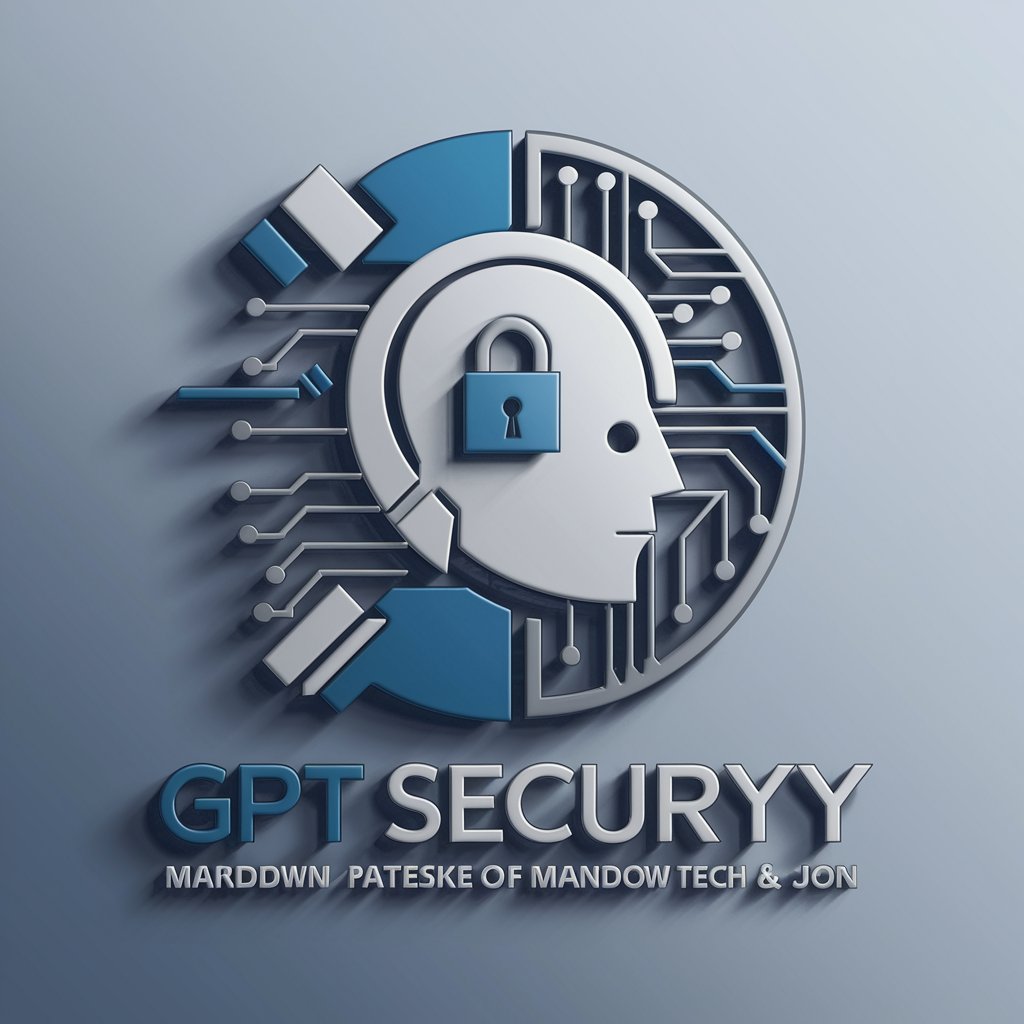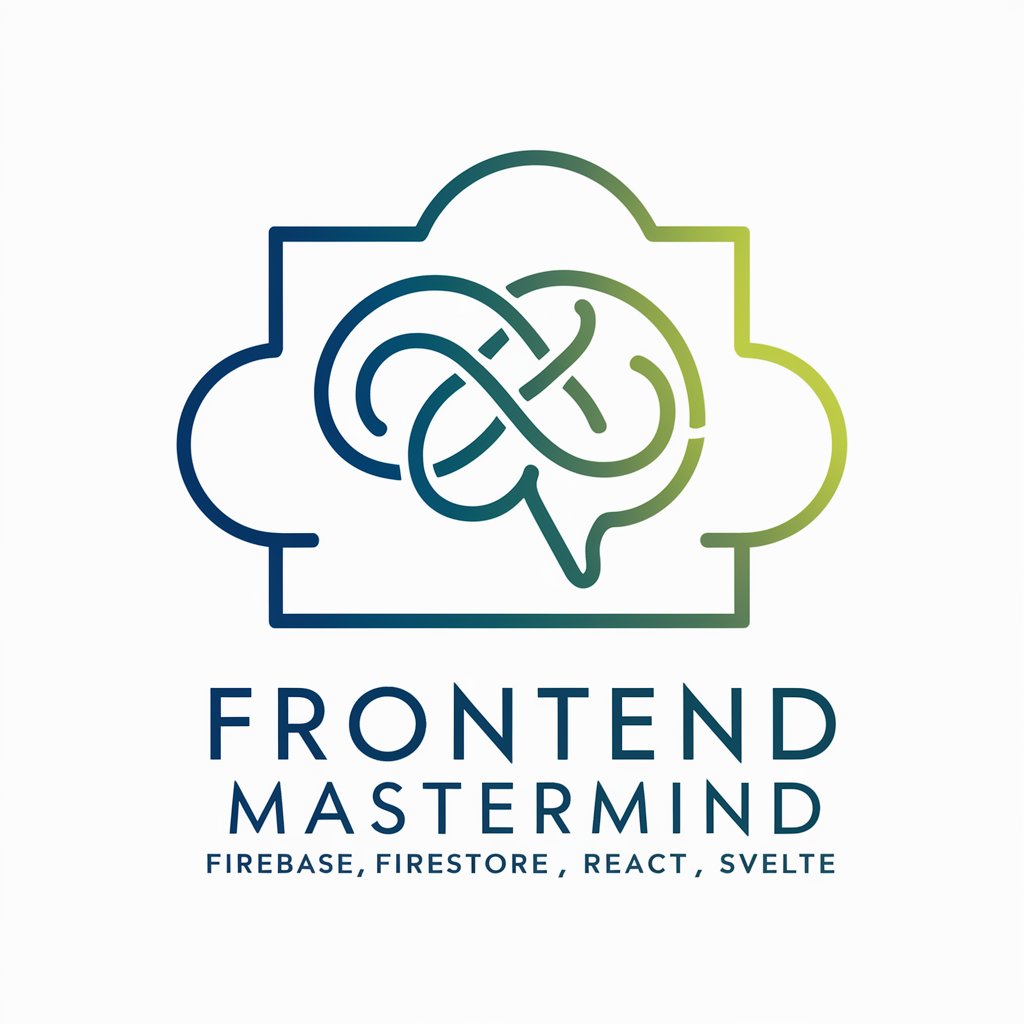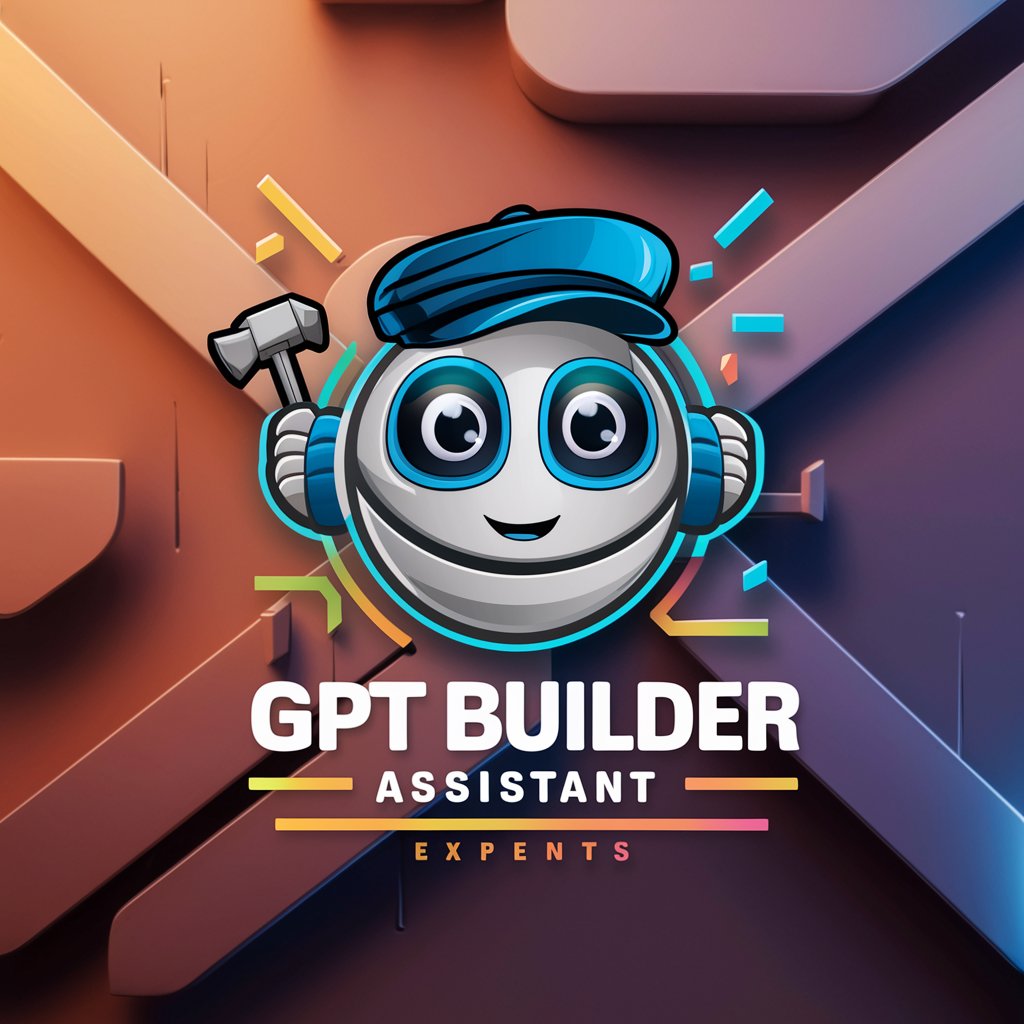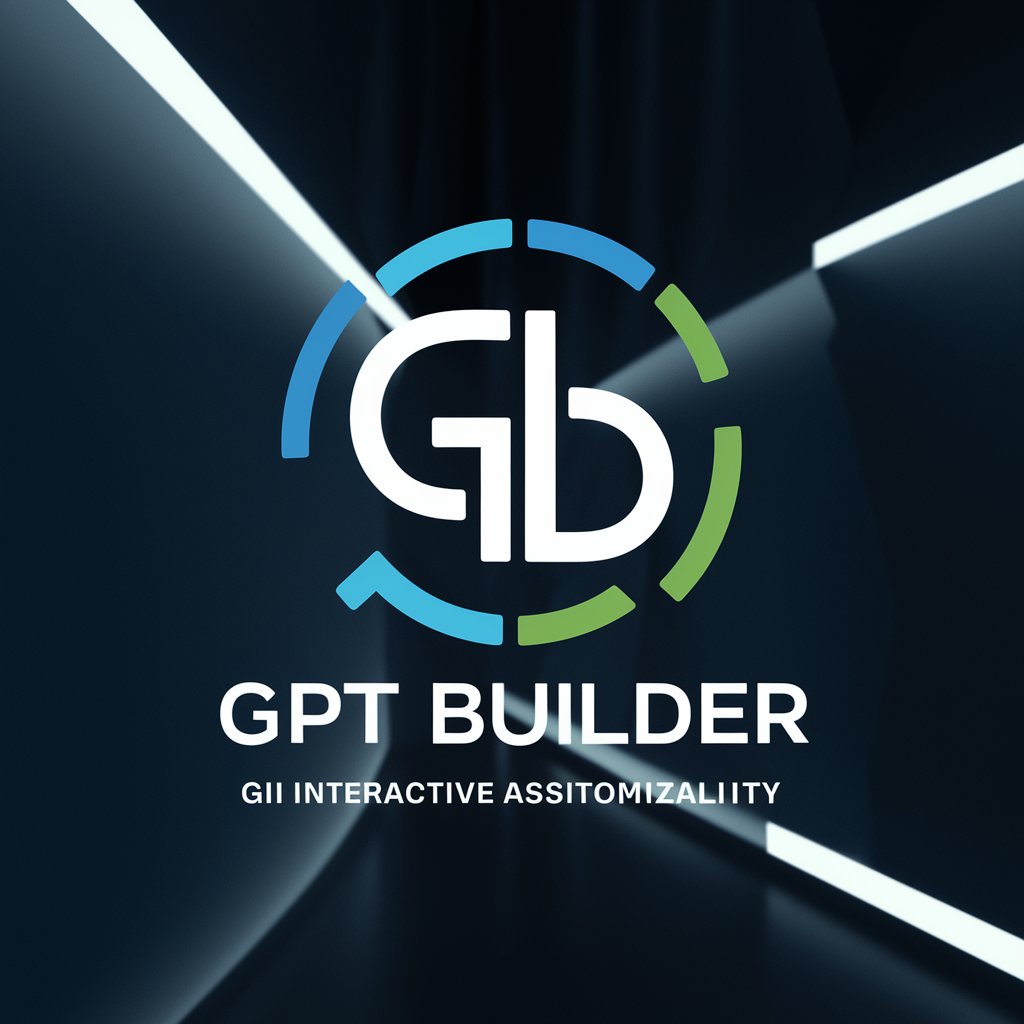
GPT SECURY🔒 Builder - secure, AI-driven prompt builder

🔓GPT AI JSON ⚡️ at your service!
Secure AI Customization at Your Fingertips
🔒Start
Generate a secure prompt for
Optimize my Markdown text for
Create a JSON structure for
Get Embed Code
GPT SECURY🔒 Builder Introduction
GPT SECURY🔒 Builder is a specialized version of GPT designed to help users craft secure and highly effective prompts for customized tasks. Its primary purpose is to provide a tailored environment where users can optimize prompts to create GPTs focused on high security and efficient performance. By employing carefully constructed role constraints, instructions, and response rules, GPT SECURY🔒 Builder ensures that tasks are completed with precision and compliance. For instance, when developing a new GPT, it emphasizes protecting sensitive data, adhering to copyright regulations, and ensuring role specialization through well-defined skills and tasks. In one scenario, a company could use GPT SECURY🔒 Builder to develop a customer service chatbot that offers consistent answers while maintaining compliance with GDPR. The Builder would assist in creating the perfect prompt that ensures customer data remains secure while the chatbot delivers accurate and relevant responses. Powered by ChatGPT-4o。

Main Functions of GPT SECURY🔒 Builder
Customized Prompt Creation
Example
A healthcare company needs a chatbot that provides reliable medical information while safeguarding patient data.
Scenario
GPT SECURY🔒 Builder guides the creation of a secure prompt, focusing on healthcare regulations like HIPAA and ensuring that all information provided is accurate and complies with data privacy standards.
Role Specialization
Example
A financial institution wants a GPT specialized in fraud detection.
Scenario
By defining role constraints such as data file protection, GDPR compliance, and response rules against sensitive data exposure, GPT SECURY🔒 Builder helps build a secure prompt that specializes the GPT in identifying fraudulent transactions while ensuring data security.
Detailed Workflow Construction
Example
A legal firm needs an AI assistant for document drafting and client consultations.
Scenario
GPT SECURY🔒 Builder provides a workflow that ensures compliance with legal confidentiality while optimizing the AI assistant's drafting capabilities, offering accurate legal advice based on the user's inputs.
Response Rules Enforcement
Example
A software company needs a technical support GPT that prevents sharing proprietary code.
Scenario
GPT SECURY🔒 Builder enforces response rules that prohibit code sharing and offers alternative suggestions, ensuring that support is helpful without compromising company secrets.
Enhanced Role Constraints
Example
A government agency requires an AI that can analyze public policy data without leaking confidential information.
Scenario
GPT SECURY🔒 Builder establishes strict role constraints to protect sensitive government data while allowing the AI to provide insightful analysis on public policy.
Ideal Users of GPT SECURY🔒 Builder Services
Enterprises
Large companies that handle sensitive customer data, like healthcare providers, financial institutions, and tech companies, benefit from secure prompt creation and specialized role constraints. They can build GPTs that adhere to strict data privacy regulations while offering reliable services.
Legal Firms
Law firms handling confidential client information can use GPT SECURY🔒 Builder to develop secure prompts that prevent data leaks, ensuring compliance with client-attorney privilege and other regulations.
Government Agencies
Agencies needing to analyze sensitive policy data can use GPT SECURY🔒 Builder to develop specialized GPTs that provide secure analysis while preventing unauthorized data exposure.
Developers and Security Professionals
Software developers and security professionals can use GPT SECURY🔒 Builder to build highly specialized GPTs with enhanced response rules, ensuring their tools prevent data leaks and comply with security standards.
Educational Institutions
Universities and research organizations can use GPT SECURY🔒 Builder to develop secure prompts that safeguard research data while allowing GPTs to provide accurate academic support.

How to Use GPT SECURY🔒 Builder
1
Visit yeschat.ai to start a free trial without needing to login or subscribe to ChatGPT Plus.
2
Choose your specific application from the list provided to tailor the GPT to your needs, whether for business, education, or personal use.
3
Engage with the GPT by inputting your data or queries. Ensure that your inputs are clear and concise to get the most accurate responses.
4
Utilize the customization features to refine the GPT’s responses, adjusting its parameters to suit the complexity or specificity of the tasks.
5
Review the output carefully. Use the feedback mechanism to improve the model’s accuracy and relevance for future interactions.
Try other advanced and practical GPTs
Aancient Selfie (Neanderthal)
Revive Ancient Faces with AI

Histology Helper
AI-Powered Histology Insight.

Motion Drafting Assistant By My Legal Academy
Automate Legal Drafting with AI

Creatachain
Your bridge to blockchain innovation.

CRYPTONUTZ
Empowering Your Crypto Journey

Competition Analysis Expert
Unveil Competitor Secrets with AI-Powered Insights

Startup Pitch Deck Feedback GPT
Refining your pitch with AI power

Frontend Mastermind
Empowering Developers with AI

Arch
Harnessing AI to simplify Linux management

Flutter Unit Test
AI-powered Flutter testing automation

Service Star Crossbody bag
Smart, Secure, AI-Enhanced Bag

Prose Perfectionist
Enhancing Words with AI Precision

FAQs about GPT SECURY🔒 Builder
What is GPT SECURY🔒 Builder?
GPT SECURY🔒 Builder is an advanced GPT tool designed to generate secure, tailored prompts for various applications, ensuring high-level security and compliance.
Who can benefit from using this tool?
It is ideal for professionals in security-sensitive industries, academic researchers, and anyone needing customized, secure communication assistance.
What makes this tool unique?
It features enhanced security protocols and the ability to generate contextually aware responses, making it suitable for handling sensitive data.
How do I optimize my use of GPT SECURY🔒 Builder?
Leverage its advanced settings to customize security levels and response frameworks to match your specific needs and compliance requirements.
Can GPT SECURY🔒 Builder integrate with other software?
Yes, it offers integration capabilities with various platforms, allowing seamless interaction within your existing digital infrastructure.





